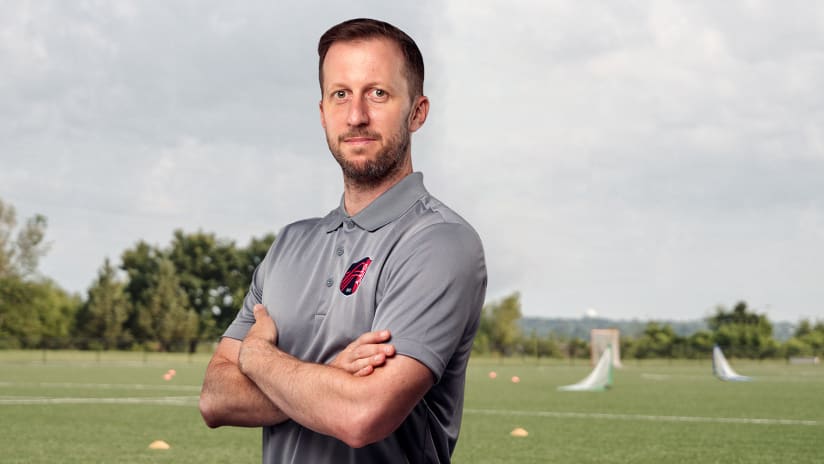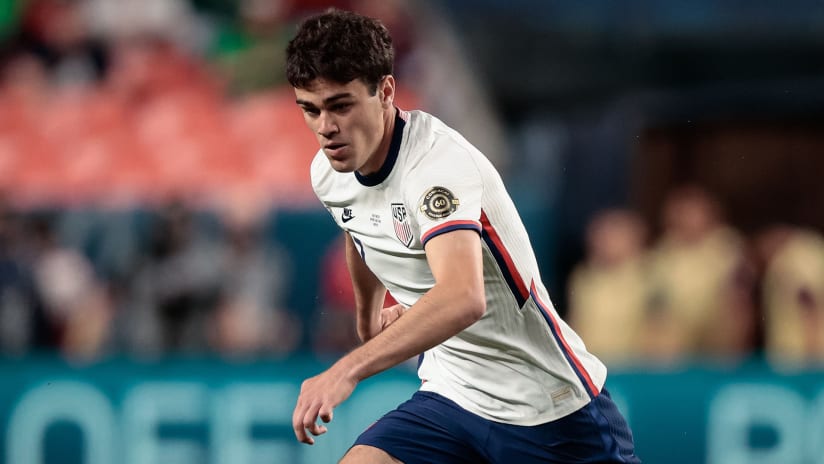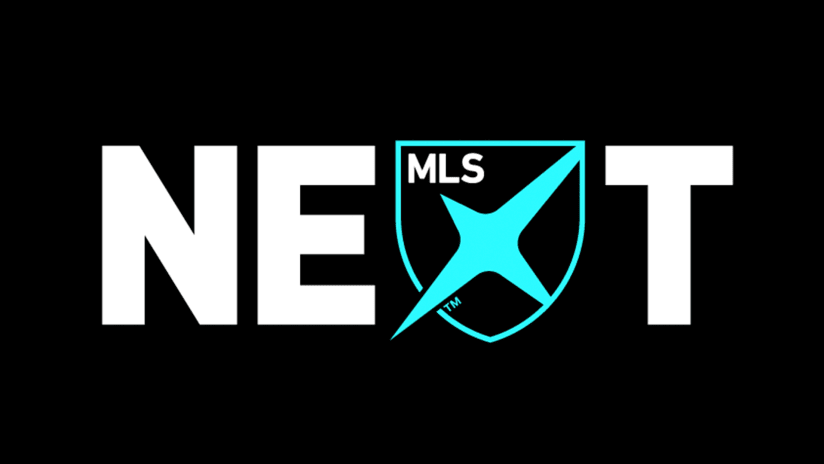Whether or not it routinely registers in the public consciousness or not, Freddy Adu’s experience did a number on the notions of playing time, expectation and hype for young players in MLS.
A decade ago, as a 14-year-old hype train unto himself, Adu’s future prospects were ruthlessly promoted until his success at the senior level became a sort of foregone conclusion. Of course Adu would succeed. What else was there? When Adu appeared in a popular TV spot with Pele, it only doused accelerant on the fire.
The reality was murkier. The business of development, especially pro-level development, is hardly out of the incubatory phase at 14, and Adu still had a long road ahead. But the American soccer zeitgeist, starving for a star talent it could promote globally as its own, had already decided. Adu’s winding, vagabond career of course didn’t match those expectations. And should a preseason trial with the Portland Timbers go well enough to result in his signing, he'll be on his 14th club since those early DC days.
The hype wasn’t responsible for the turbulence, necessarily, but it did create a sort of whiplash effect in the public eye when it comes to young MLS players. Since then, the swirling fanfare around Adu’s early career is held up as a sort of cautionary tale for what happens when the hype train’s furnace burns too hot and engulfs the car. And, in some cases, it’s created an unnecessarily cautious approach to pushing young players into the heat of the spotlight.
The notion that a young player “deserves” playing time as a matter of course is in itself a flawed pretext. Starting youth for the express purpose of simply lobbing young guns playing time is no better than doing the same with players in their mid-30’s. But there are a handful of superiorly talented young players who are nearing first-team breakthroughs.
Or they should be, anyway.
These five young players, in my estimation, deserve a shot with their respective senior teams in 2017. All five are currently on pro deals, possess the talent to elbow into a starting role eventually and have been knocking on the door for at least a year. One can hope each gets his shot. There’s no time like the here and now.
Marco Bustos (Vancouver Whitecaps)
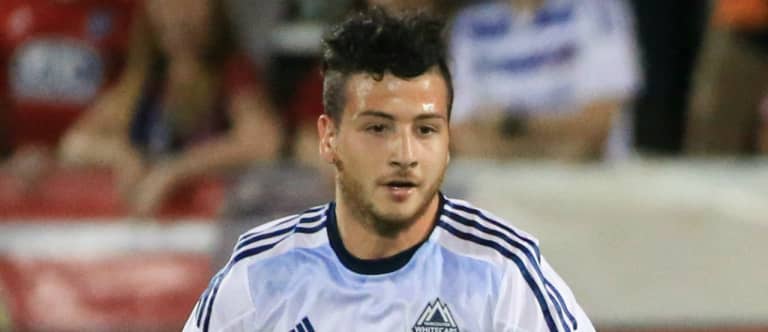
When the most recent Canadian men’s national team roster dropped, one of its most conspicuous additions was Marco Bustos. The 20-year-old midfielder joined the Whitecaps’ prodigious academy in 2011, slowly working his way up with fellow first teamer Kianz Froese to the U16s, U18s and then Whitecaps FC 2 in the USL. Bustos is a rare talent, a possession-forward central midfielder with the ability to play out wide and pinch in. The two are different players in some respects, but think Christian Pulisic as a broad baseline.
The trouble with Bustos, and perhaps one of the reasons he’s only gotten four games with the senior team since signing in 2015, is fit. Bustos is a categorical possession prod, preferring to pull it back to create in lieu of driving forward at speed. Vancouver coach Carl Robinson tends to prefer the latter, and so Bustos has done much of his damage with the USL side. That said, Bustos has rare quality and vision, and it’d be nice to see him handed more responsibility in 2017.
Memo Rodriguez (Houston Dynamo)
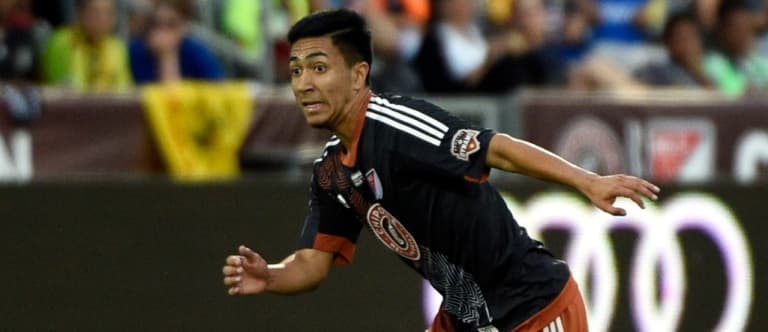
Perhaps no one was more interested in Wilmer Cabrera’s ascension to the Dynamo head coaching position this offseason than scintillating midfielder Memo Rodriguez.
The Dynamo have not been volume Homegrown signers, preferring instead to take a slow and steady approach with the few they’ve locked up. So when they signed Rodriguez with the sixth Homegrown deal in club history before the 2015 season, no one was quite sure what to expect for lack of examples. Rodriguez has spent the last two years on loans, first with the Charleston Battery and then last year with the Dynamo’s USL affiliate Rio Grande Valley FC. That latter side was coached, at the time, by Cabrera.
Rodriguez quickly became a Cabrera favorite, logging more than 1,800 minutes and racking up six goals and seven assists. Rodriguez was so creatively influential that he largely kept Christian Lucatero, one of the more exciting young Homegrowns around, on the bench. Rodriguez, who’s appeared in the MLS Homegrown Game, is now 21, which is hardly kid status anymore. With no senior team minutes yet to his name, it’s time to see what he has.
Sebastian Saucedo (Real Salt Lake)
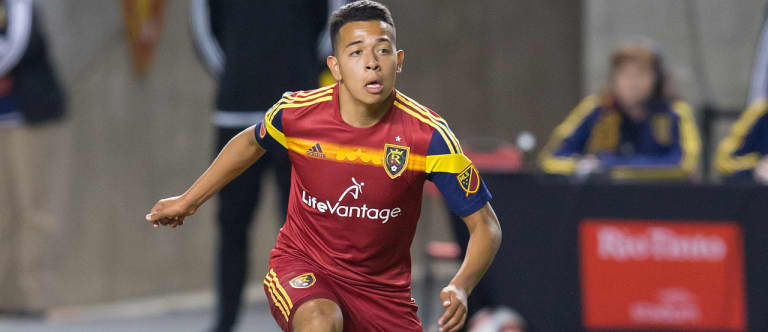
The world of Homegrown hype is a relative niche industry. There aren’t many of us. But when Sebastian Saucedo (affectionately known as Bofo) signed with RSL midway through the 2014 season, celebrations erupted. Saucedo was (and is) that good.
Considering Saucedo’s only had 168 minutes with the RSL first team, it’s not entirely clear where RSL coach Jeff Cassar sees the youngster's best position going forward. Saucedo played both as a stampeding attacking midfielder and as a second striker in the RSL academy, and loan stints with Real Monarchs (2015) and Veracruz (2016) provided few clues about the just-turned 20-year-old’s best use. Even still, that shouldn’t preclude RSL from seeing what Saucedo can provide in preseason training this year, because he’s a massive talent.
Saucedo, who recently chose the US over Mexico for his international soccer, got a decent run-out with Veracruz in his latest loan stint with about 500 minutes played in Liga MX and cup competitions. After two loan spells, it’s time Saucedo was given a chance to crack into a few 18-man rosters for RSL this year. Because attacking lights like Saucedo’s don’t come around often.
Tyler Adams (New York Red Bulls)
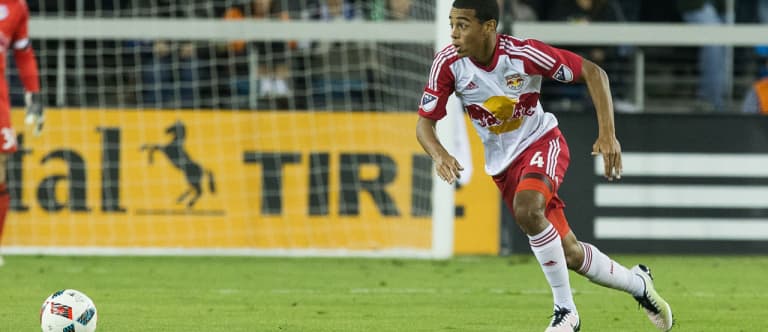
Few academies seem to produce midfield talent these days quite like the New York Red Bulls. And within that construct, few players in that academy structure have Tyler Adams’ promise.
The amount of midfield quality filtering through the RBNY academy pipeline is more or less the envy of the league. Alex Muyl’s breakout in 2016 only drove the point home after Sean Davis asserted his place over the past two seasons. And there’s another potentially big one coming along in Georgetown’s Arun Basuljevic, who has now also officially signed with the club. Adams walks on hallowed ground in that sense, and the defensive midfielder’s breakout with Red Bulls II in the USL in 2016 during the run to a championship reiterated the point.
Adams has done a bit of everything for club and country, moonlighting as a fullback for the US Under-17 team as well as in his more natural position in the defensive midfield. The Red Bulls see him in the latter position at the next level, and the departure of Dax McCarty this offseason opens up a serious route to first-team minutes. Davis will probably get many of those minutes, but Adams might siphon off some for himself. He’s the youngest player on this list (he turns 18 next month), but that shouldn’t preclude minutes on its own.
Another defensive midfielder at the club got his start at 18 – before they were even named the Red Bulls – and things seemed to work out OK. His name was Michael Bradley.
Pierre da Silva (Orlando City)

Big things are happening on the youth level with MLS’s only current club in Florida. When Orlando City added US youth international Pierre da Silva to its youth ranks in 2014, the academy world sat up and took notice. Da Silva was a member of the 2015 US Under-17 World Cup team, and as far as attacking flavor goes, da Silva has it in spades.
Da Silva’s rise since then has been astounding. He signed with Orlando City B in the USL a year ago and was one of the league’s most exciting players. He logged more than 1,500 minutes and contributed two goals and five assists as a marauding attacking midfielder with some license to exercise positional freedom. Da Silva was a maddening marker for defenders, dipping into and out of space and dragging defenders from one sideline to the other. His speed, agility and lateral quickness were obvious from the moment he took possession.
Orlando City coach Jason Kreis clearly noticed. On Jan. 20, Orlando City signed da Silva, 18, to a senior contract, making him the first player in club history to ascend from the academy to Orlando City B to the first team. It’s easy enough to say da Silva isn’t ready, or that his age and inexperience probably preclude him from playing time. But he was given that contract for a reason, and at the very least he’s a dynamic bench option for late-game impact. Watch back some of his USL tape from 2016 and there are few teenagers in the league who look quite so ready to turn heads in 2017.


